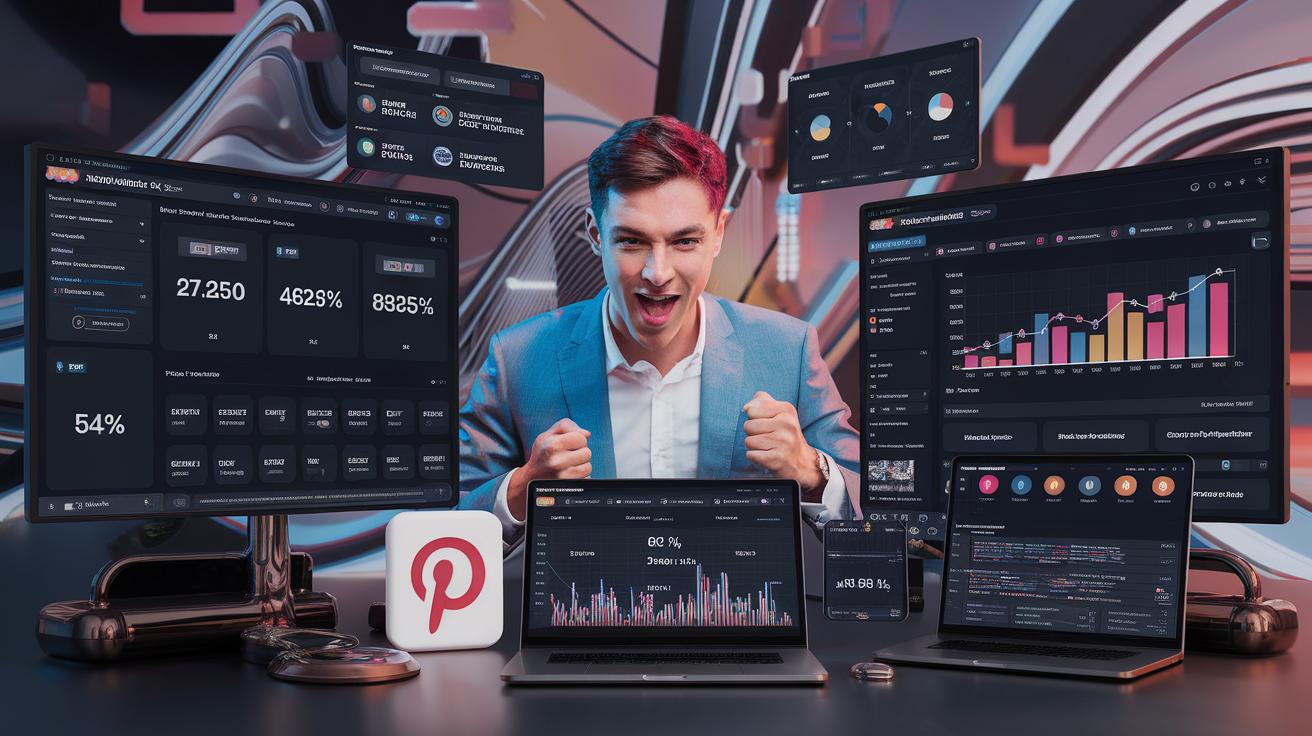Creative marketing Secrets for Dominating Pinterest Marketing Trends
Introduction Creative marketing involves innovative strategies that resonate with target audiences, transforming routine promotions into captivating experiences. As businesses strive to stand out in a crowded digital space, leveraging platforms like Pinterest presents a unique opportunity to engage users visually. Pinterest’s distinct format allows marketers to showcase their products and ideas in a manner that … Read more








